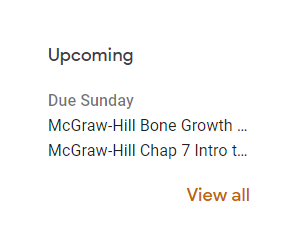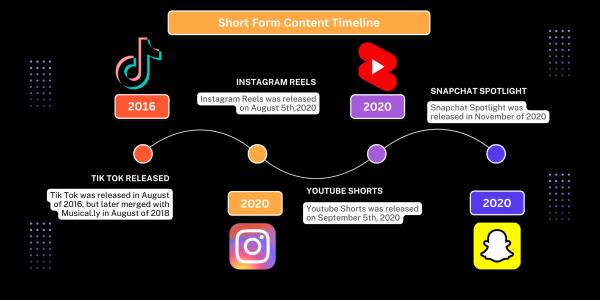How To Break Bad Habits
Netflix and other streaming services are some of the most common distractors students have from their work.
There aren’t many people in the world who don’t have any bad habits. In fact, a private psychological clinic in Toronto says that everyone at some point in their life has had a bad habit.
Maneesh Sethi, the founder and CEO of Pavlok, a behavior training device, has identified some of the most common bad habits: nail biting, stress eating and procrastinating. But these few are just the tip of the iceberg. There are hundreds, if not thousands, of other bad habits that people develop.
In an article written by freelance writer and health specialist Leslie Goldman, she states that “bad habits are born from wanting to feel good.” As human beings, we all want to do things that make us feel positive and avoid doing things that make us feel bad. But choosing the thing that will make you “feel good” isn’t always the best choice.
For instance, when having a stressful day, many people will try to do something to make them feel better, such as eating a sugary snack, drinking alcohol, smoking or even something as small as seeing the notifications on their lock screen. These are all things that can make someone feel better temporarily, but eventually, they could get hooked on them.
Psychology professor Wendy Wood at the University of Southern California says that the “trick to building a healthier habit is to harness your mental system to work for you, not against you.” Wood says to start by setting small, realistic goals for yourself.
Wood also mentions that there are many things that can be in your everyday routine that aren’t completely necessary. For example, instead of sitting down at night and scrolling through social media, maybe grab a book and read for a little. The first time that this is attempted, it may seem very difficult, but after only a few days, it will start to get easier and easier.
One bad habit that never seems to go away for many is procrastination. Robyn Scott, a private English tutor, said that the art of procrastination is one held by many high school and college students. And with the end of the semester fast approaching, this is a big deal for students. Many teachers will assign final projects, papers or an end-of-semester test; all of these different options require lots of preparation and several days of work in order for the best turnout.
According to Scott, however, many students will likely save a majority of the work for the last night because they don’t want to work on it in advance, or if they do decide to work on it, the session could turn into an hour of social media time.
The best way to combat this, according to Professor Wood, is to create a dedicated workspace. Lots of students do homework in their rooms or in bed, but this can lead to a lack of focus because when people are in their room, they associate it with sleep and start to get tired, therefore they will not end up working as well.
This workspace can also be a cell phone-free area. A study done at the University of Texas at Austin said that “the mere presence of your smartphone reduces brain power…” When your cell phone buzzes or rings, most people feel obligated to pick it up and see who it is, which serves as a distraction.

Another good habit to create for studying is knowing how to manage your time. Knowing how much time you will have to do your homework allows you to build a schedule. Incorporating study breaks will also help you stay focused and be able to work for longer periods of time. An M.I.T. study showed that for every 50 minutes of work, a 10-minute break should follow. This will help to maintain focus and work for long periods of time.







